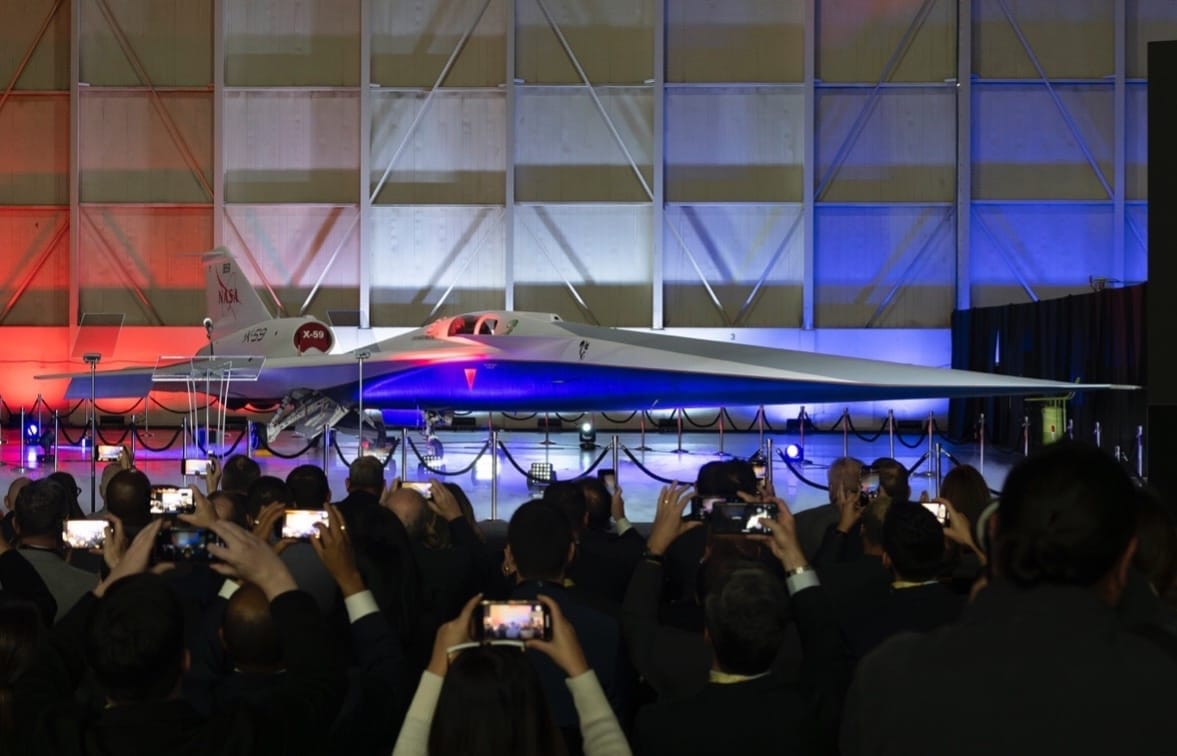
Jeff, thank you for your great coverage of technology. Today, I’m going to quibble over your point regarding supersonic aircraft, that the “…only way we’ll see it… comes down to costs.” A second factor, which does impact economics, hence a quibble, is the boom on the surface during supersonic flights. The Concorde was limited to sub-sonic speeds over populated areas, essentially when over land. And presumably, Boom’s aircraft will also be effectively limited to supersonic speed over oceans. The time-saving examples provided are mostly crossing oceans. There won’t be similar reductions in time, for example, between Asia and Europe destinations, because much of the route will be limited to sub-sonic. Same for LA to NYC. Similar to the Concorde, except almost all flights to originate from airports near a coast with routes to destinations that are mostly over water. Very much enjoy your newsletter. Thanks to Republic around last Thanksgiving for letting me know you are writing again. — Mike
Hi Mike,
Thanks for writing in with your quibble. It gave me a laugh, as I always think about Tribbles from Star Trek when I hear that word.

And yes, you’re correct, at least in the near future any supersonic flights will need to be over water.
Most people don’t realize this, but a supersonic jet is continuously making shock waves as it flies. The jet’s sonic boom is “dropped” along its flight path, no matter where it goes.
That’s why the Concorde was not permitted to fly over land. Boom’s Overture will have the same restrictions, so we’ll see all commercial supersonic flights over major bodies of water until this problem is solved.
Which brings us to whether or not it can be solved…
There is an interesting project right now at NASA called Quesst. Specifically, it’s the X-59 QueSST (Quiet SuperSonic Technology). And the X-59 was just unveiled this January.

Just as the name suggests, the aim of the Quesst project is to demonstrate technology that can reduce the noise associated with sonic booms. It’s impossible to get rid of the sound entirely, but maybe, just maybe, it can be reduced enough to be tolerable to fly over land.
This is being done by measuring PLdBs. This stands for perceived level of decibels. Basically, it is a representation of the level of the sonic boom noise of those of us on the ground.
The Concorde was around 103 PLdBs, which would sound like nearby thunder. That was too loud. The goal of the X-59 is to demonstrate 75 PLdBs, which would sound like distant thunder. Decibels are measured on a logarithmic scale, so 75 PLdBs represents about 1/8th the noise of a Concorde.
So if the X-59 tests are successful, and if that same technology can be applied to a commercial supersonic jet like the Overture, then there is a path towards overland supersonic flights.
Which would change the air transportation industry completely…
Boom!